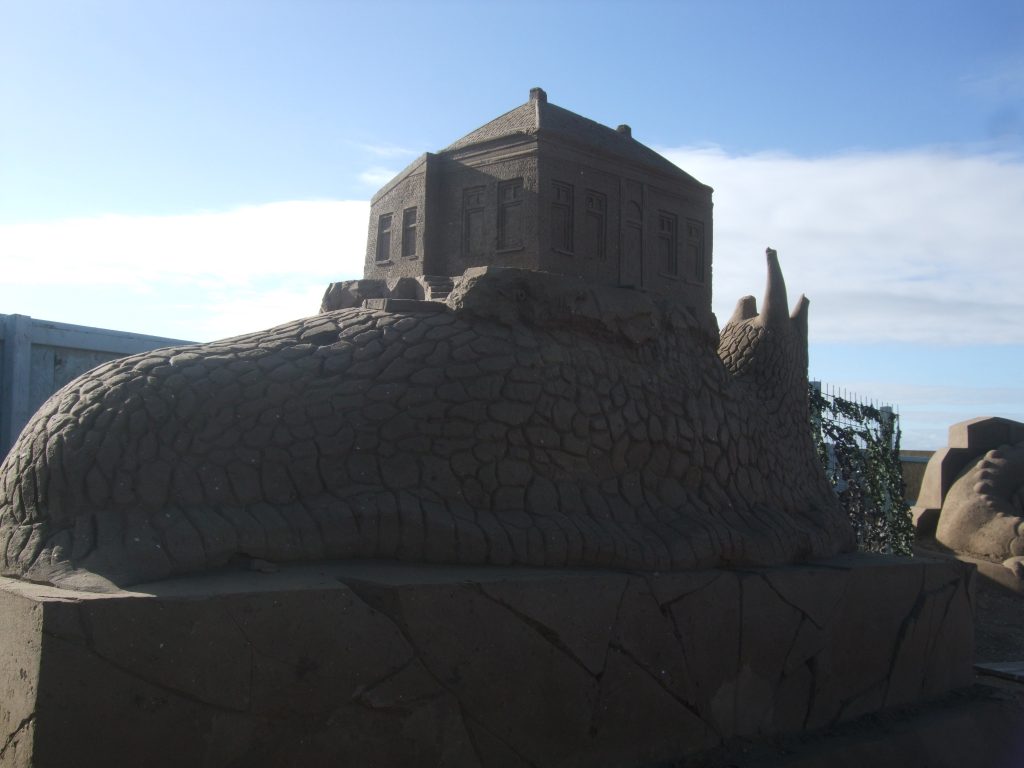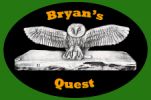Introduction
This page considers the dominance of the sense of sight when it comes to appreciating nature, then it goes on to reflect on the opportunities to present the natural world in other sensory ways.
Just Looking
For most people, appreciation of the natural world is predominantly a visual experience; the other senses have their place, but these tend to be secondary to using eyesight. In fact it might be hard to imagine how features such as distant mountain ranges, seascapes, meandering rivers, tree-tops, breaching whales and star filled sky’s could be observed in any other way than to be seen.
Then, there are the closer nature encounters such as watching a beaver build a dam, a spider creating a web, a tufted duck resurfacing from a dive, spotting an adder, slithering back in to a Cornish hedge or witnessing an ant hauling a leaf back to its nest.
Since wild animals should never be touched by the general public, it is fair to say that, for example, the scale and size of a hump-backed whale or the shape of a dragon fly’s wings, must only ever be, visual encounters.
Bird watching, aquarium visiting, safaris, pond dipping, astronomy and whale watching are all visual nature experiences. In fact, ‘sight-seeing’ is a universally popular pastime.
Wildlife parks and reserves provide ‘viewing’ hides and some have observation platforms or towers – all providing an excellent visual experience.
People see animals in books, in documentaries, feature films, live streaming and in real life at nature reserves, public spaces and gardens. Vantage points, such as train, bus, coach and car windows give travellers a wonderful chance to glimpse landscapes with a multitude of flora and fauna. At home people marvel at the birds and occasional squirrel that eat at the bird-tables and hanging feeders.
Nature attractions provide colourful, printed guidebooks, maps and leaflets full of images and drawings, enabling visitors to get a taste of what is to come, as well as assisting them to keep track of what they’ve seen and the locations of natural features, enclosures, pathways, exhibits, cafes, refreshment kiosks and toilets.
Non-visual Nature
In essence, ‘non-visual nature’ is a term that groups together all nature experiences that do not rely on just looking.
Non-visual Nature is anything that utilises some or all, of the four senses of hearing, touch, smell and taste to inform, educate or simply to enable the enjoyment of, a nature experience.
The aforementioned Humped-back-whale and the dragonfly can be appreciated using touch and hearing. by the creative use of models, audio description and tactile diagrams.
All the above situations rely on sight, but what of the other senses . . .
The Other Four Senses
This section will contain each sense and a list of examples in nature. To be confirmed!
NON

